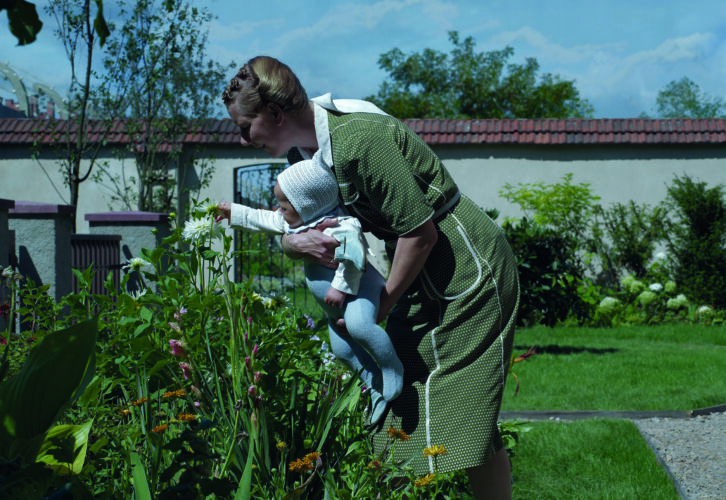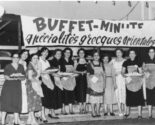Showing the Unimaginable
By Beverly AndrewsHow should filmmakers depict crimes against humanity? An important question particularly for those filmmakers who decide to make films about the Holocaust. There are directors such as Claude Lanzmann who felt those horrors in particular should never be recreated but instead, we should have a better understanding of them. Something he did in his nine-hour masterpiece Shoah which, consisted of a series of interviews with both survivors and as well as those who were part of the killing machine. Then there is Steven Spielberg’s acclaimed Schindler’s List which tells the story from the perspective of one individual who decides to take a stand, in Oskar Schindler’s case he would save the lives of thousands of people. Two films this year focus on this terrible event, Jonathan Glazer’s The Zone of Interest and Steve McQueen’s Occupied, but although they share the same focus they do so in markedly different ways.
The Zone of Interest
Jonathan Glazer’s The Zone of Interest is very loosely based on a novel by British author Martin Amis, and is set at the Auschwitz concentration camp and instead of documenting the horrors of the camp the film looks at the everyday life of one of the camp’s commandants Rudolf Höss, his wife and their children who live adjacent to it. Rudolf Höss was the Nazi commander, at Auschwitz for over three years and was responsible for the deaths of around two and a half million people. He was also the commander who introduced hydrogen cyanide, produced from the pesticide Zyklon B, as a method through which to gas prisoners. At his trial at Nuremberg, he stated, that it was the most efficient method to kill prisoners since it took as little as 3-15 mins. He went on to state, “we knew when the people were dead because they stopped screaming.”

The film has a kind of clinical detachment as we watch the daily activities of this family, including Höss’ wife Hedwig, who we see at one point trying on a mink coat taken from a prisoner who was likely gassed only moments earlier. We find Höss himself discovering human remains in a lake in which he is swimming with his children. We also hear the disturbing but highly effective soundtrack of Mica Levi which is mainly a non-musical soundscape where the sound of the Auschwitz oven is mixed with that of the occasional screams of the prisoners there. And yet the family never respond to the horrors taking place on the other side of the wall, they are simply happy to live their lives in their luxurious home waited on by a team of Polish servants who are all too aware that any mistake could lead them to lose their own lives in the camp next door.
Occupied City
Steve McQueen’s four-hour documentary Occupied City is entirely different from The Zone of Interest since it looks at events which occurred during Amsterdam’s occupation by the Nazis after Germany invaded and it does this by simply describing these events while filming the present-day locations. The film though is no less devastating than The Zone of Interest as you become aware of the horrors of that occupation and the fact that the majority of the city’s Jewish population (including Ann Frank and most members of her family) would die as a result of it. We hear stories of the willingness of those who lived there to collaborate with the Nazis regime such as a doctor who was called upon to identify whether an abandoned baby was Jewish or not; many persecuted parents abandoned their children at orphanages in the hope they would survive the war. This doctor condemned many new-borns to death by writing reports stating that their features were distinctly Jewish. Although his reports resulted in the deaths of many children, that same doctor, like many others who collaborated, would be given a relatively lenient sentence and later released from jail to live his life in post war Amsterdam. There are also other stories of the heroic lengths many went to, in order to protect their Jewish neighbours. By juxtaposition these stories with images of contemporary life you are reminded of the fact that the past is not that far away. That the lovely café, school or book shop in the city was also the location a person’s execution, torture or deportation during the war years.
Both The Zone of Interest and Occupied City are powerful films and both have a strong contemporary relevance, something Jonathan Glazer has stated in interviews. They both highlight what happens when we lose sight of our common humanity.
- Bangla: love outside of your confort zone
- Auschwitz-Birkenau
- The Phusiris women: Bolivian musicians challenging social mores
- Stranger at the Gate
- Death of an Icon | Tina Turner


